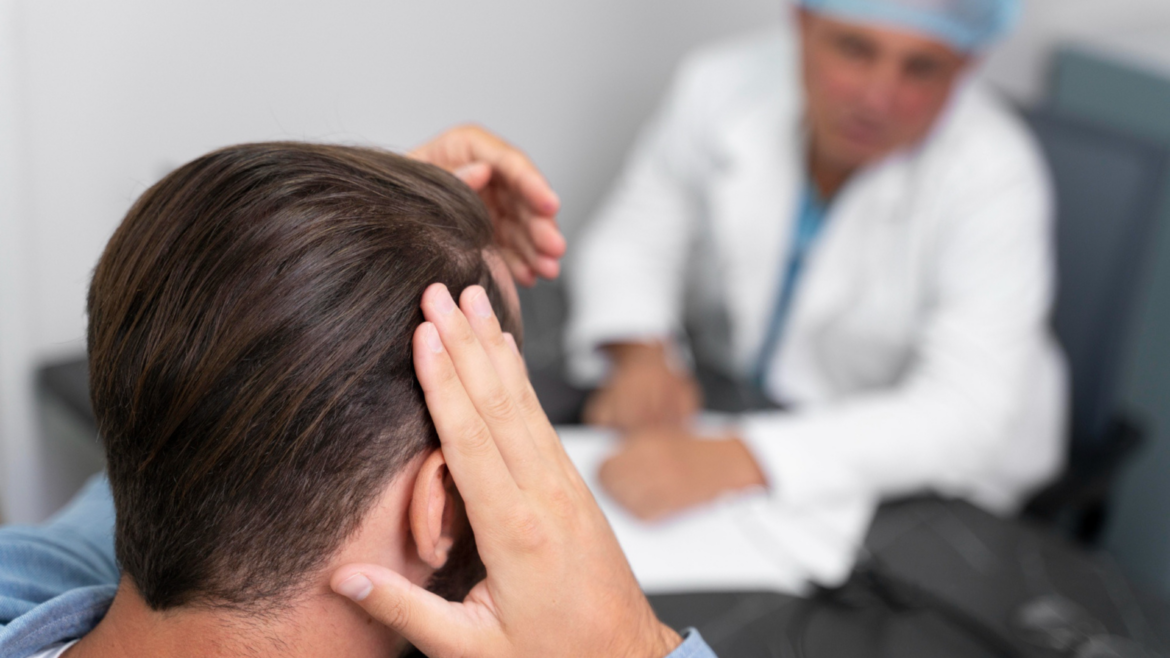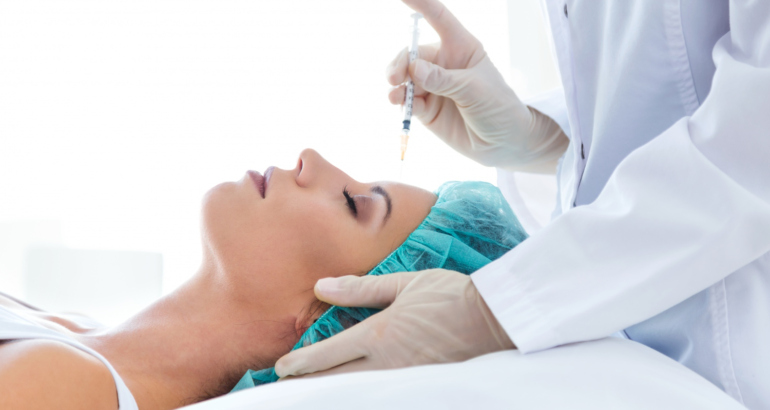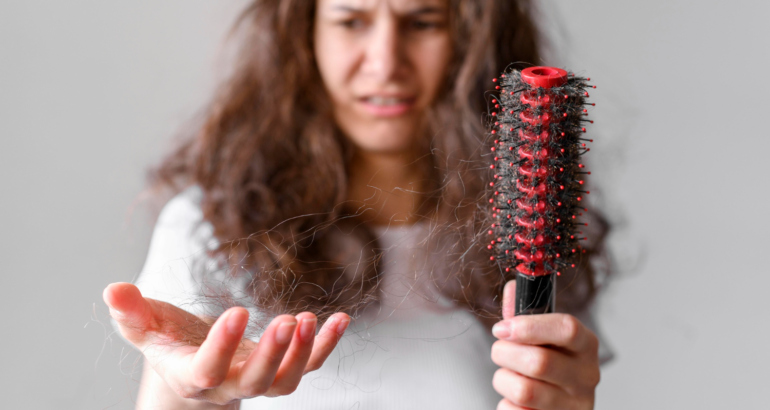Hair loss is a common concern that affects millions of people worldwide. It can be distressing and can impact self-confidence, but the good news is that there are many effective solutions available to help combat hair thinning and loss. Whether you’re experiencing gradual thinning or more significant hair loss, here’s a guide to help you reclaim your locks.
1. Understand the Causes of Hair Loss
Before diving into solutions, it’s crucial to understand why hair loss happens. Common causes include:
Genetics: Hereditary hair loss, known as androgenetic alopecia, is the most common type of hair loss.
Hormonal Changes: Hormones can cause hair thinning, especially during pregnancy, menopause, or thyroid issues.
Stress: Physical or emotional stress can lead to temporary hair loss.
Diet Deficiency: Lack of essential vitamins and minerals can weaken hair health.
Medical Conditions: Conditions like alopecia areata, scalp infections, or autoimmune diseases can cause hair loss.
Hairstyling and Treatments: Overuse of heat styling, chemical treatments, or tight hairstyles can damage hair over time.
2. Effective Solutions for Hair Loss
A. Use Hair Growth Products
There are several over-the-counter products designed to stimulate hair growth and reduce hair loss. Some of the most popular include:
Minoxidil (Rogaine): This FDA-approved topical solution is suitable for both men and women. It helps increase blood flow to hair follicles, promoting hair regrowth.
Hair Growth Shampoos and Conditioners: Look for products containing biotin, keratin, or saw palmetto, which help strengthen hair and prevent thinning.
Hair Serums and Oils: Natural oils like castor oil, argan oil, and rosemary oil nourish the scalp, improving hair health.
B. Maintain a Balanced Diet
A healthy diet is essential for strong, thick hair. Include these nutrients in your daily meals:
Protein: Hair is made of keratin, a protein, so ensure you consume enough protein-rich foods like eggs, fish, chicken, and beans.
Vitamins and Minerals: Include vitamin D, biotin, zinc, and iron, which are vital for hair health. Foods like leafy greens, nuts, seeds, and dairy products are excellent sources.
Omega-3 Fatty Acids: These fatty acids found in fish, walnuts, and flaxseeds help keep hair hydrated and promote growth.
C. Laser Therapy
Low-level laser therapy (LLLT) is an FDA-approved treatment that stimulates hair follicles, encouraging hair regrowth. This painless treatment can be done at home using handheld laser devices or in a clinic.
D. Platelet-Rich Plasma (PRP) Therapy
PRP therapy involves injecting your blood plasma into the scalp to stimulate hair follicles. It’s an effective solution for those experiencing hair thinning and can result in thicker, healthier hair over time.
E. Hair Transplant Surgery
For those with significant hair loss, hair transplant surgery is a permanent solution. The procedure involves transferring hair follicles from a donor area (usually the back of the head) to the thinning or balding areas.
F. Natural Home Remedies
If you prefer natural solutions, try these remedies:
Aloe Vera: Apply aloe vera gel to the scalp to soothe inflammation and promote hair growth.
Onion Juice: Rich in sulfur, onion juice helps stimulate hair follicles. Apply it to your scalp, leave it on for 15-30 minutes, and rinse thoroughly.
Green Tea: Rinse your hair with green tea, which contains antioxidants that promote hair growth and prevent hair loss.
3. Adopt Healthy Hair Care Practices
Avoid Heat Styling: Limit the use of heat styling tools like flat irons and curling wands, which can damage hair over time.
Choose Gentle Hair Products: Use sulfate-free shampoos and conditioners that don’t strip natural oils from your hair.
Avoid Tight Hairstyles: Hairstyles like tight ponytails or braids can put stress on hair follicles, leading to hair loss over time.
Regular Scalp Massage: Massaging your scalp increases blood circulation, promoting healthy hair growth.
Manage Stress: Stress can trigger hair loss, so finding ways to manage it is essential. Engage in activities like yoga, meditation, or regular exercise to reduce stress levels and promote overall well-being.
Consult a Dermatologist: If hair loss persists, consult a dermatologist or hair specialist to identify the root cause and receive personalized treatment options. Early intervention can significantly improve the chances of regaining your hair.
Final Thoughts
Hair loss can be a challenging experience, but with the right approach, you can slow down or even reverse the process. Remember, consistency is key. Choose the solutions that work best for you, maintain a healthy lifestyle, and be patient with your hair restoration journey.
Don’t let thinning hair hold you back – take control and say goodbye to hair loss for good!



